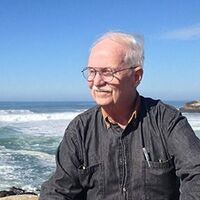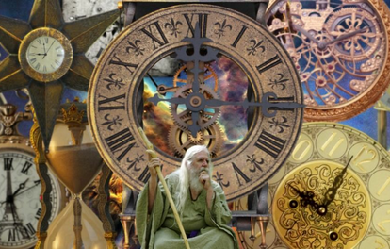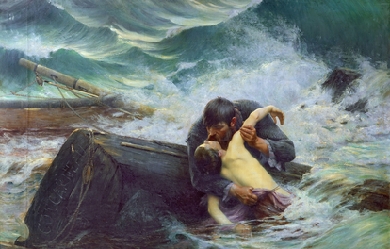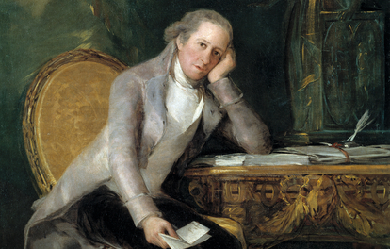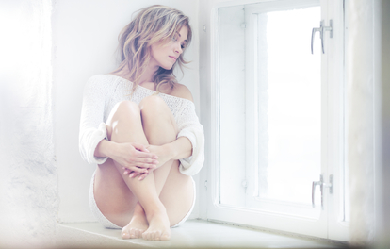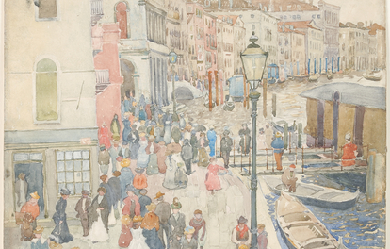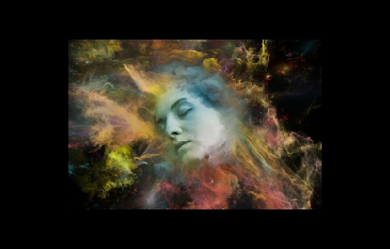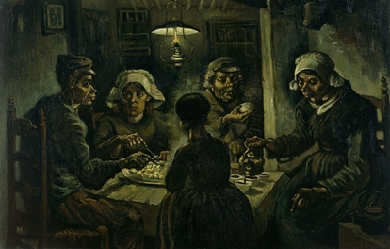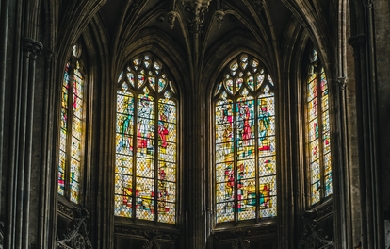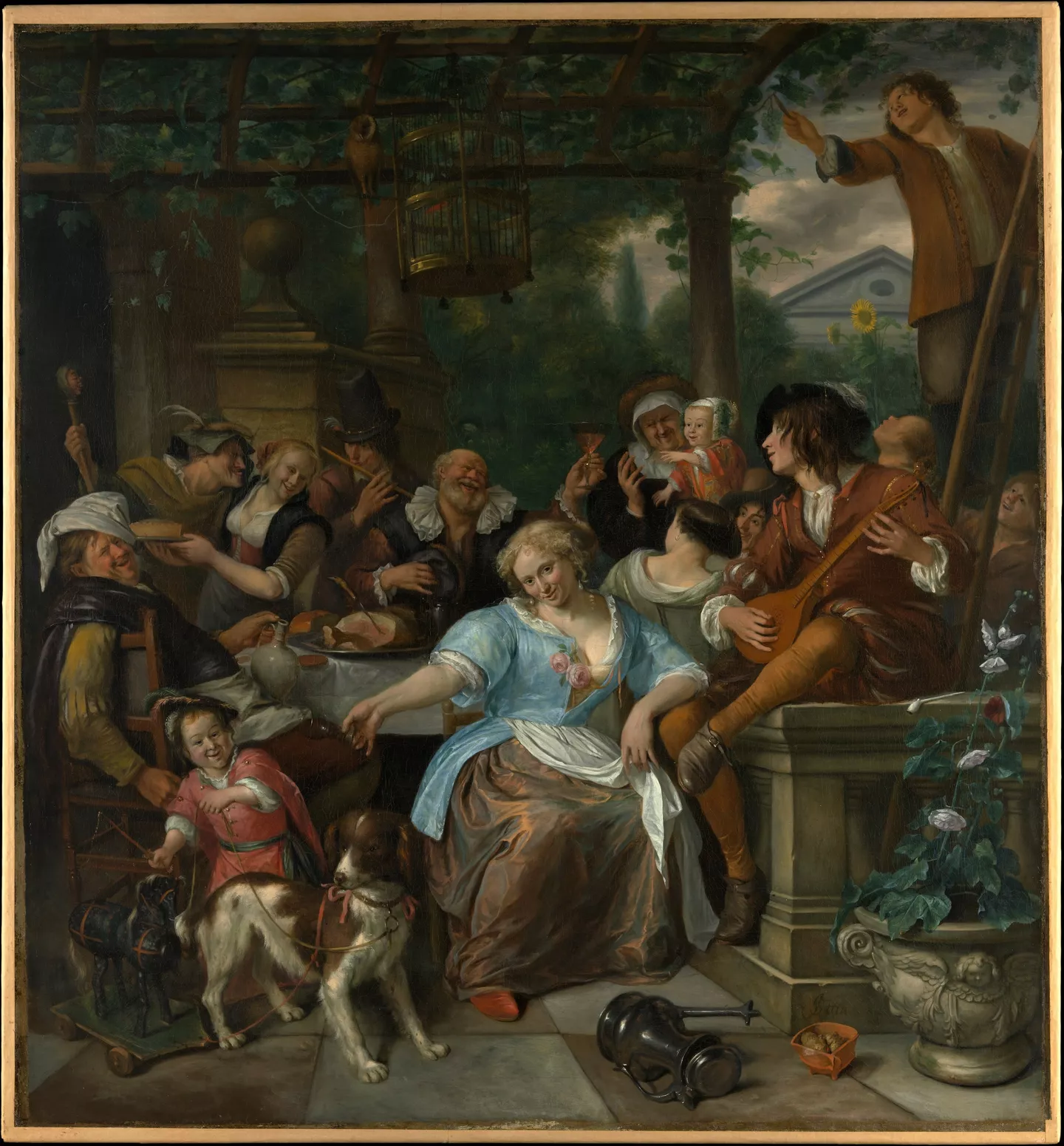
The Conjuring
The Conjuring
When we call up the past and call it progressive, it was in those days, but not anymore. It was part of a movement that enhanced music as it was that made it into how it is today.
Mozart and Haydn’s music, for example, represents what music sounded like then. In the movies, anytime the eighteenth and nineteenth centuries were portrayed, their music set the tone of how those centuries sounded like. It draws the audience into that particular setting (an audible association.) It conjures up the past and makes it become the present, all what the movies do to us. It puts us into a world of fantasy, combining the past with the present.
The music was beautiful then, and with Sravinsky and Ravel’s input, it became progressive and even more beautiful. Their new melodic and harmonic patterns shaped it into how they heard the music, and what it did to them emotionally. Many people rebelled against it, because they can’t hear it that way.
The older music is still dominant today, where it can be described as “mainstream classical’” The media’s job is to entertain the masses, most of whom still rebel against modernization. If it could draw a line between “mainstream and progressive classical”, it would entertain both kinds of listeners. As it is now, I, a progressive listener, feel slighted, because almost all of the music is aimed at the mainstream audience.
If the music doesn’t move me emotionally, I’d rather not listen to it. I want to hear music like Stravinsky and Ravel wanted to hear it. There is a huge distinct difference between the two kinds of music; music that stimulates the mind by conjuring up the past, and music that stimulates the heart that was born into the present and became part of me. I hope that, sometime in the future, the media would look at it in that way, and separate the old and new, 50-50; that way I wouldn’t feel left out.


